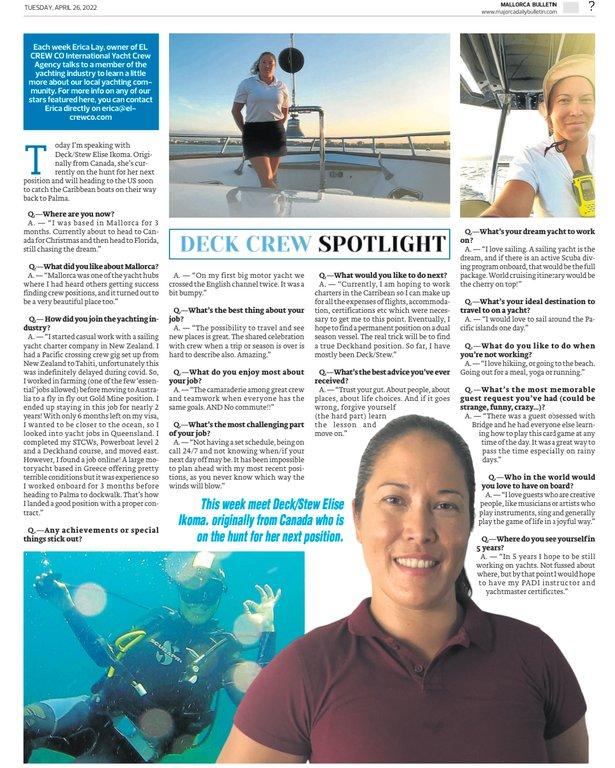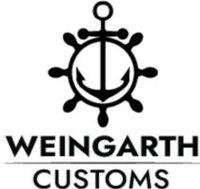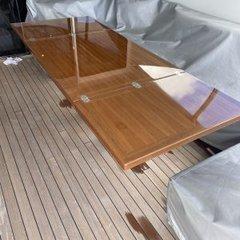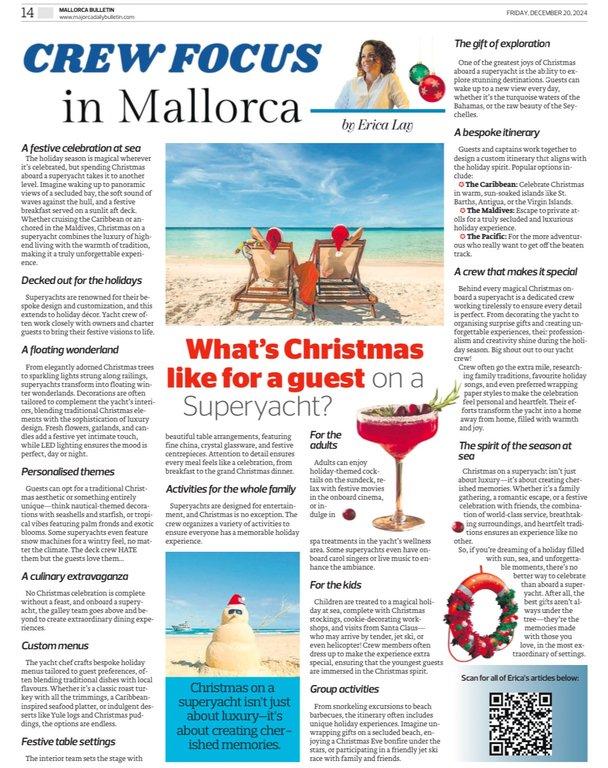Hub – STEW/DECK FOCUS
Each week, Erica Lay talks to a member of the yachting industry to learn more about our local yachting community. With Courtesy of Erica Lay & The Mallorca Daily Bulletin. 25/0009.
January 10, 2025 · 3 min read
STEW/DECK FOCUS
Each week, Erica Lay, owner of EL CREW CO International Yacht Crew Agency, talks to a member of the yachting industry to learn more about our local yachting community. For more information about anyone featured here, you can contact Erica directly at erica@elcrewco.com.
Today I’m speaking with Deck/Stew Elise Ikoma.
Originally from Canada, Elise is currently on the hunt for her next position and will soon be heading to the U.S. to catch Caribbean boats on their way back to Palma.
Where are you now?
I was based in Mallorca for three months. I’m currently about to head to Canada for Christmas and then to Florida, still chasing the dream.
What did you like about Mallorca?
Mallorca is one of the main yacht hubs where I had heard others finding success with crew positions, and it turned out to be a very beautiful place too.
How did you join the yachting industry?
I started doing casual work with a sailing yacht charter company in New Zealand. I had a Pacific crossing crew gig lined up from New Zealand to Tahiti, but unfortunately, it was indefinitely delayed during COVID. So, I worked in farming (one of the few “essential” jobs allowed) before moving to Australia for a fly-in, fly-out gold mine position. I ended up staying in that job for nearly two years!
With only six months left on my visa, I wanted to be closer to the ocean, so I looked into yacht jobs in Queensland. I completed my STCW, Powerboat Level 2, and a Deckhand course, then moved east. However, I found my first job online—a large motor yacht based in Greece. It offered pretty terrible conditions, but it was valuable experience. I worked onboard for three months before heading to Palma to dockwalk. That’s how I landed a good position with a proper contract.
Any achievements or special moments that stand out?
On my first big motor yacht, we crossed the English Channel twice. It was a bit bumpy, but memorable!
What’s the best thing about your job?
The possibility to travel and see new places is amazing. The shared celebration with the crew at the end of a trip or season is hard to describe.
What do you enjoy most about your job?
The camaraderie among great crew and the teamwork when everyone shares the same goals. And, no commute!
What’s the most challenging part of your job?
Not having a set schedule, being on call 24/7, and not knowing when or if your next day off might be. It’s been impossible to plan ahead in my most recent positions, as you never know which way the winds will blow.
What would you like to do next?
I’m hoping to work charters in the Caribbean to make up for all the expenses of flights, accommodation, certifications, etc., that were necessary to get me to this point. Eventually, I’d love to find a permanent position on a dual-season vessel. The real challenge will be to secure a true Deckhand role, as I’ve mostly worked as Deck/Stew so far.
What’s the best advice you’ve ever received?
Trust your gut—about people, places, and life choices. And if it goes wrong, forgive yourself (the hard part), learn the lesson, and move on.
What’s your dream yacht to work on?
I love sailing. A sailing yacht is the dream, and if there’s an active scuba diving program onboard, that would be the full package. A world-cruising itinerary would be the cherry on top!
What’s your ideal destination to travel to on a yacht?
I’d love to sail around the Pacific Islands someday.
What do you like to do when you’re not working?
I enjoy hiking, going to the beach, dining out, practicing yoga, or going for a run.
What’s the most memorable guest request you’ve had?
There was a guest obsessed with bridge. He had everyone learning how to play the card game at any time of the day. It was a great way to pass the time, especially on rainy days.
Who in the world would you love to have onboard?
I love guests who are creative people, like musicians or artists who play instruments, sing, and generally approach life with joy and playfulness.
Where do you see yourself in five years?
In five years, I hope to still be working on yachts. I’m not too fussed about where, but by that point, I’d like to have my PADI Instructor and Yachtmaster certificates.












